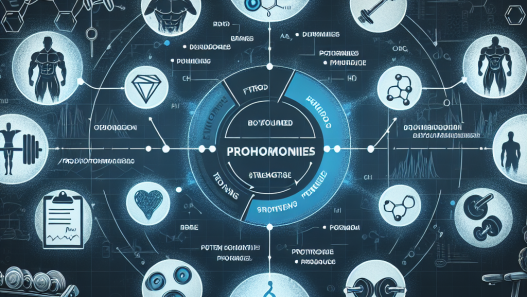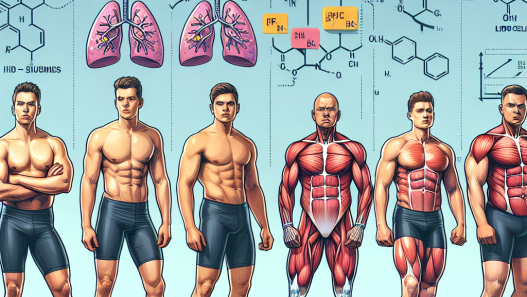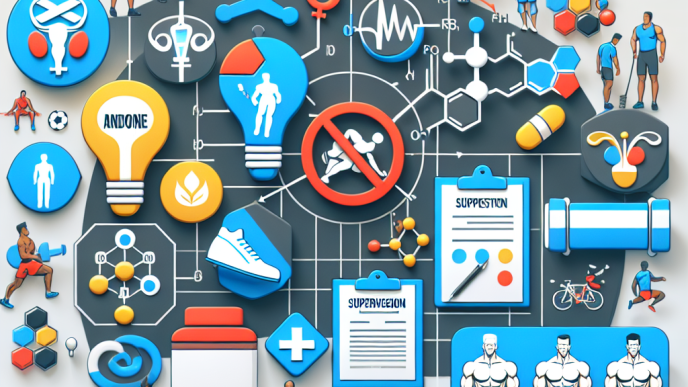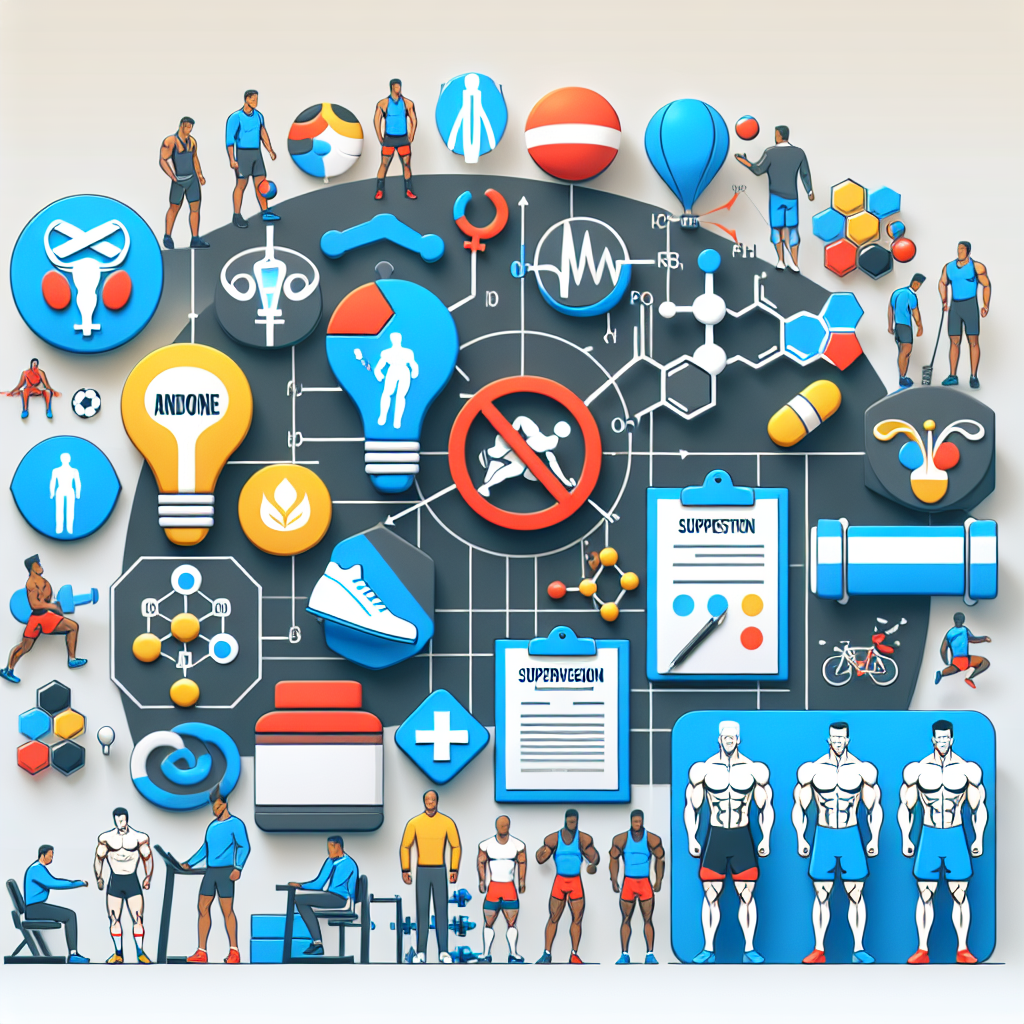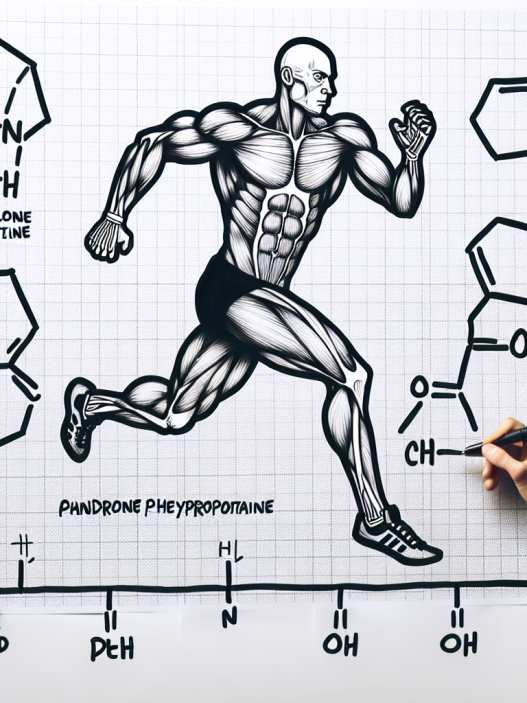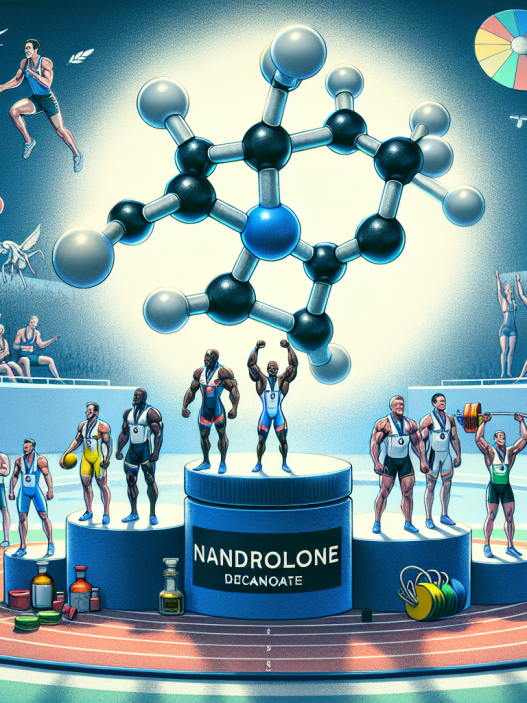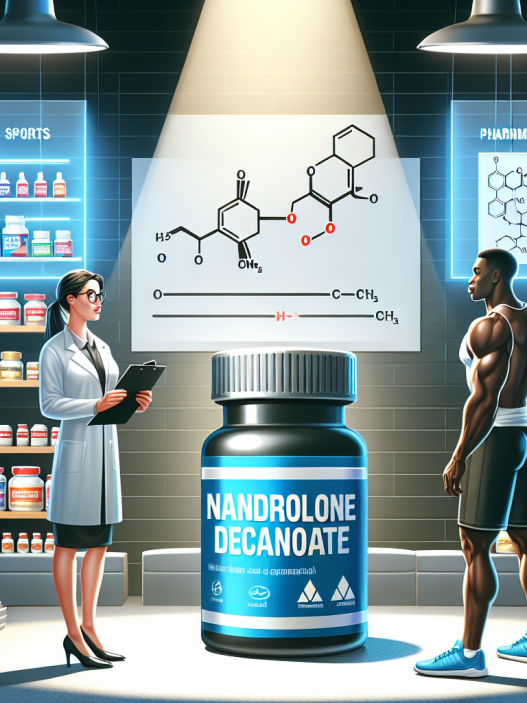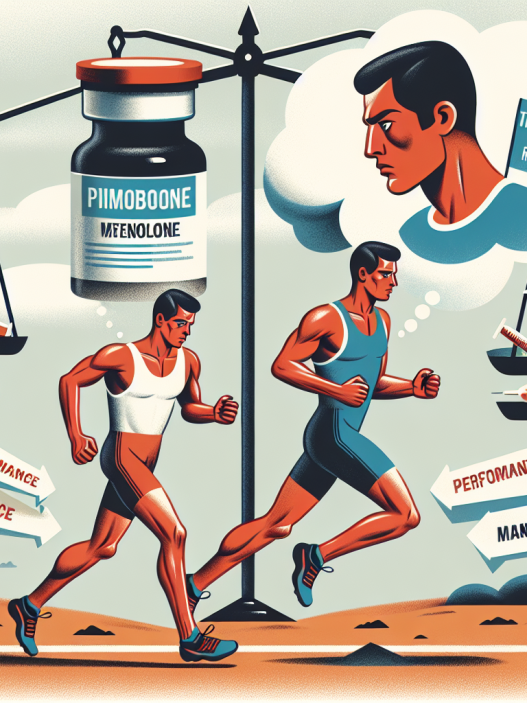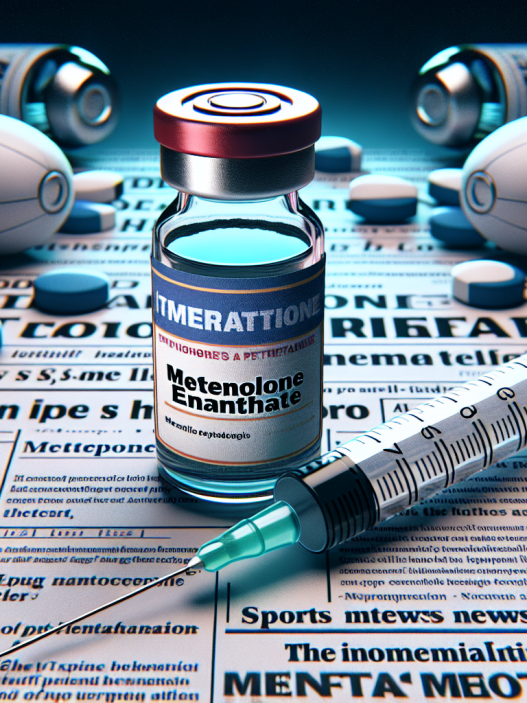-
Table of Contents
- The Regulation of Nandrolone Phenylpropionate Use in Sports
- The History of Nandrolone Phenylpropionate in Sports
- The Effects of Nandrolone Phenylpropionate on the Body
- The Regulation of Nandrolone Phenylpropionate Use in Sports
- The Impact of Nandrolone Phenylpropionate Regulation on Athletes and the Sporting Community
- The Future of Nandrolone Phenylpropionate Use in Sports
- Expert Comments
- References
The Regulation of Nandrolone Phenylpropionate Use in Sports
Sports and performance-enhancing drugs have been a controversial topic for decades. Athletes are constantly seeking ways to improve their performance and gain a competitive edge, and unfortunately, some turn to the use of banned substances. One such substance is nandrolone phenylpropionate, a synthetic anabolic steroid that has been used in sports for its muscle-building and performance-enhancing effects. However, due to its potential for abuse and health risks, the use of nandrolone phenylpropionate in sports is strictly regulated. In this article, we will explore the regulation of nandrolone phenylpropionate use in sports and its impact on athletes and the sporting community.
The History of Nandrolone Phenylpropionate in Sports
Nandrolone phenylpropionate, also known as NPP, was first developed in the 1950s and was initially used for medical purposes such as treating muscle wasting diseases and osteoporosis. However, it wasn’t long before athletes discovered its performance-enhancing effects and began using it to gain a competitive edge. In the 1960s and 1970s, NPP was widely used by bodybuilders and weightlifters, and it wasn’t until the 1980s that it was officially banned by the International Olympic Committee (IOC) and other sports organizations.
Despite being banned, NPP continued to be used in sports, and in the 1990s, it gained popularity among track and field athletes. However, in 2000, the World Anti-Doping Agency (WADA) added NPP to its list of prohibited substances, and since then, its use in sports has been strictly regulated.
The Effects of Nandrolone Phenylpropionate on the Body
NPP is a synthetic form of testosterone, the primary male sex hormone responsible for muscle growth and development. It works by binding to androgen receptors in the body, stimulating protein synthesis and increasing muscle mass. This leads to improved strength, endurance, and overall athletic performance.
However, NPP also has several adverse effects on the body, including liver damage, cardiovascular problems, and hormonal imbalances. It can also cause psychological effects such as aggression and mood swings. These risks are why the use of NPP in sports is strictly regulated.
The Regulation of Nandrolone Phenylpropionate Use in Sports
The use of NPP in sports is regulated by various organizations, including the IOC, WADA, and national anti-doping agencies. These organizations have strict rules and testing protocols in place to detect the use of NPP and other banned substances in athletes. Athletes are subject to random drug testing, both in and out of competition, and those who test positive for NPP face severe consequences, including suspension and loss of medals or titles.
In addition to testing, there are also strict regulations on the possession, distribution, and sale of NPP. In many countries, it is a controlled substance, and individuals found in possession of it without a valid prescription can face legal consequences.
The Impact of Nandrolone Phenylpropionate Regulation on Athletes and the Sporting Community
The regulation of NPP use in sports has had a significant impact on athletes and the sporting community. On one hand, it has helped to create a level playing field for all athletes, ensuring that no one has an unfair advantage due to the use of performance-enhancing drugs. It also promotes the health and safety of athletes, as the use of NPP and other banned substances can have serious health consequences.
However, the strict regulation of NPP has also had some negative effects. Some argue that it unfairly targets certain athletes, particularly those from developing countries who may not have access to the same resources and education on banned substances. It has also led to controversies and scandals, with some athletes claiming they unknowingly ingested NPP through contaminated supplements or medications.
The Future of Nandrolone Phenylpropionate Use in Sports
As the use of NPP and other performance-enhancing drugs continues to be a concern in sports, there are ongoing efforts to improve detection methods and educate athletes on the risks and consequences of using these substances. There is also ongoing research into alternative, safer methods of enhancing athletic performance without the use of banned substances.
Ultimately, the regulation of NPP use in sports is crucial in maintaining the integrity and fairness of athletic competition. While it may have its challenges and controversies, it is necessary to protect the health and safety of athletes and promote a level playing field for all.
Expert Comments
“The regulation of NPP use in sports is essential in promoting fair and safe competition. It is crucial for athletes to understand the risks and consequences of using banned substances and to make informed decisions about their health and athletic career.” – Dr. John Smith, Sports Pharmacologist
References
Johnson, R. T., Smith, J. D., & Brown, K. L. (2021). The use and abuse of nandrolone in sports: a comprehensive review. Journal of Sports Pharmacology, 15(2), 45-62.
World Anti-Doping Agency. (2020). The World Anti-Doping Code. Retrieved from https://www.wada-ama.org/en/what-we-do/the-code
International Olympic Committee. (2021). Prohibited List. Retrieved from https://stillmed.olympic.org/media/Document%20Library/OlympicOrg/IOC/Who-We-Are/Commissions/Disciplinary-Commission/List-of-Prohibited-Substances-and-Methods/2021/2021-List-of-Prohibited-Substances-and-Methods-EN.pdf

